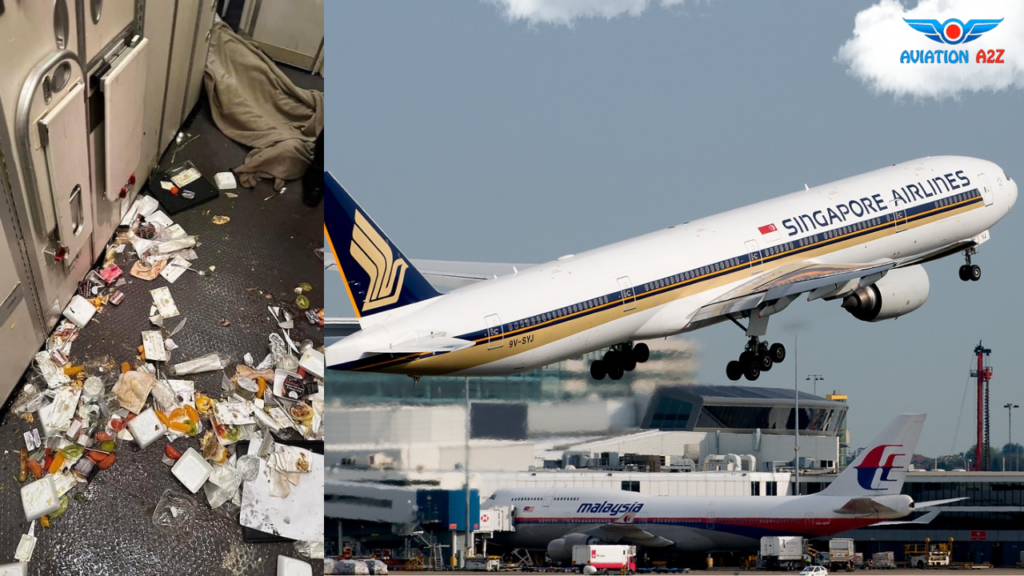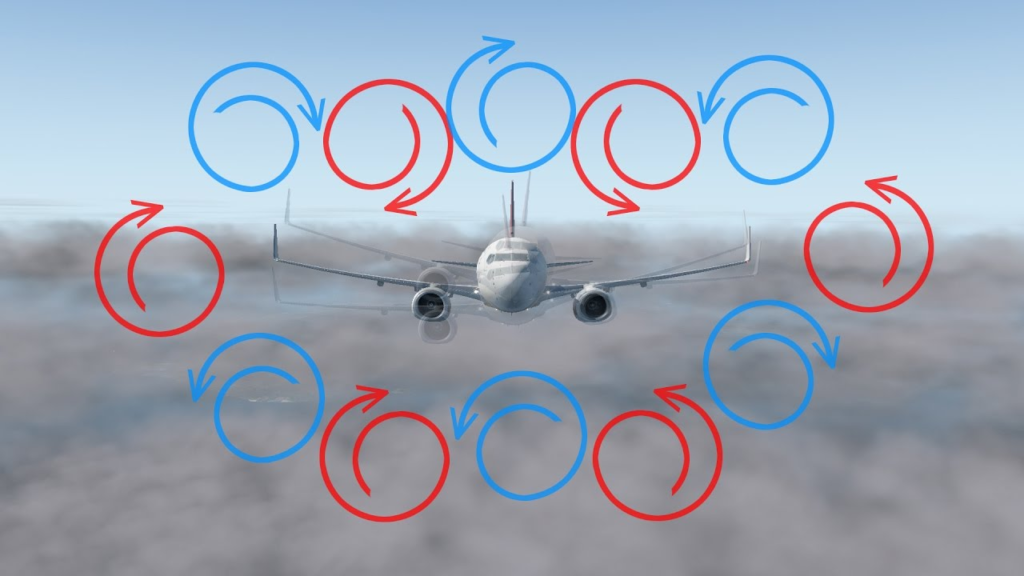MUMBAI- Recently, the Singapore Airlines flight SQ321 turbulence, which led to the death of one and injuries to many, shook the world. So we did some research on why turbulence occurs, turbulent routes, how pilots can avoid this, and how you can stay safe.
Turbli, the company that forecasts turbulence analyzed a total of 150,000 flight routes, and they narrowed it down to the top 10 with the highest average turbulence levels. Let’s take a closer look at these nail-biting journeys.

Most Turbulent Flight Routes
- Santiago (SCL) – Santa Cruz (VVI)
- Distance: 1905 km
- Average Turbulence: 17.568 edr
- Almaty (ALA) – Bishkek (FRU)
- Distance: 210 km
- Average Turbulence: 17.457 edr
- Lanzhou (LHW) – Chengdu (CTU)
- Distance: 661 km
- Average Turbulence: 16.75 edr
- Centrair (NGO) – Sendai (SDJ)
- Distance: 517 km
- Average Turbulence: 16.579 edr
- Milan (MXP) – Geneva (GVA)
- Distance: 214 km
- Average Turbulence: 16.398 edr
- Lanzhou (LHW) – Xianyang (XIY)
- Distance: 519 km
- Average Turbulence: 16.337 edr
- Osaka (KIX) – Sendai (SDJ)
- Distance: 655 km
- Average Turbulence: 16.307 edr
- Xianyang (XIY) – Chengdu (CTU)
- Distance: 624 km
- Average Turbulence: 16.25 edr
- Xianyang (XIY) – Chongqing (CKG)
- Distance: 561 km
- Average Turbulence: 16.041 edr
- Milan (MXP) – Zurich (ZRH)
- Distance: 203 km
- Average Turbulence: 16.016 edr
The london-Songapore route does not fall in the most turbulent routes but it is one of the wild routes to fly during this time of the year.
To find out the continent-wise turbulent routes, check out our social media post here

With average turbulence levels ranging from 16.016 to 17.568 edr, these flight routes are not for the faint of heart. Eddy dissipation rate (edr) is used to quantify turbulence, with levels categorized as light, moderate, severe, and extreme.
The turbulence on these routes falls within the moderate to severe range, making them some of the most challenging for pilots to navigate.
When you think of turbulent flights, you might picture thunderstorms or strong winds, but turbulence can occur due to a variety of factors, including atmospheric pressure changes, jet streams, and even mountains disrupting airflow.

Why does Turbulence happen?
Turbulence is essentially unstable air that moves unpredictably, often associated with heavy storms. However, the most dangerous type is clear-air turbulence, which occurs without any visible warning in the sky.
Clear-air turbulence typically happens near high-altitude jet streams and is caused by wind shear—when two large air masses close to each other move at different speeds. If the speed difference is significant, the atmosphere becomes strained, resulting in turbulent patterns similar to eddies in water.
According to the National Transportation Safety Board (NTSB), over one-third of all airline incidents in the United States from 2009 to 2018 were related to turbulence, mostly causing serious injuries but no aircraft damage.
From 2009 to 2022, 163 people were injured seriously enough during turbulence to require hospital treatment for at least two days. Most of the injured were flight attendants, who are more likely to be out of their seats during flights.

How Pilot Avoids Turbulence?
Pilots use various methods to avoid turbulence, such as utilizing weather radar displays and visually navigating around thunderstorms. They also review weather forecasts, report turbulence encounters, and suspend cabin service during rough air. Air traffic controllers inform pilots when another plane experiences clear-air turbulence.
Many pilots monitor upper-level jet streams for signs of wind shear and plan their flight paths to fly above, below, or around these areas.
Modern planes are robust enough to handle almost any turbulence, with only cosmetic damage, such as to overhead bins, which does not affect structural integrity.
Some scientists have noted an increase in turbulence reports, potentially due to various factors, including possible climate impacts.

In summary, always buckle up. While turbulence can be difficult to predict, experts emphasize that the best defense in the air is keeping your seat belt fastened whenever possible.
Remember, safety always comes first, and turbulence is a natural part of flying. As long as you buckle up, follow the crew’s instructions, and trust in the expertise of the pilots, you’ll be in good hands, even when the skies get bumpy.
Feature Image by: Robin HARDY
Stay tuned with us. Further, follow us on social media for the latest updates.
Also Read: US Airlines, Including American, United, Delta, and Southwest, want you to Dress Properly – Aviation A2Z
Join us on Telegram Group for the Latest Aviation Updates. Subsequently, follow us on Google News.
The post Singapore Turbulence: let’s see the Most Turbulent Flight Routes in the World appeared first on Aviation A2Z.

